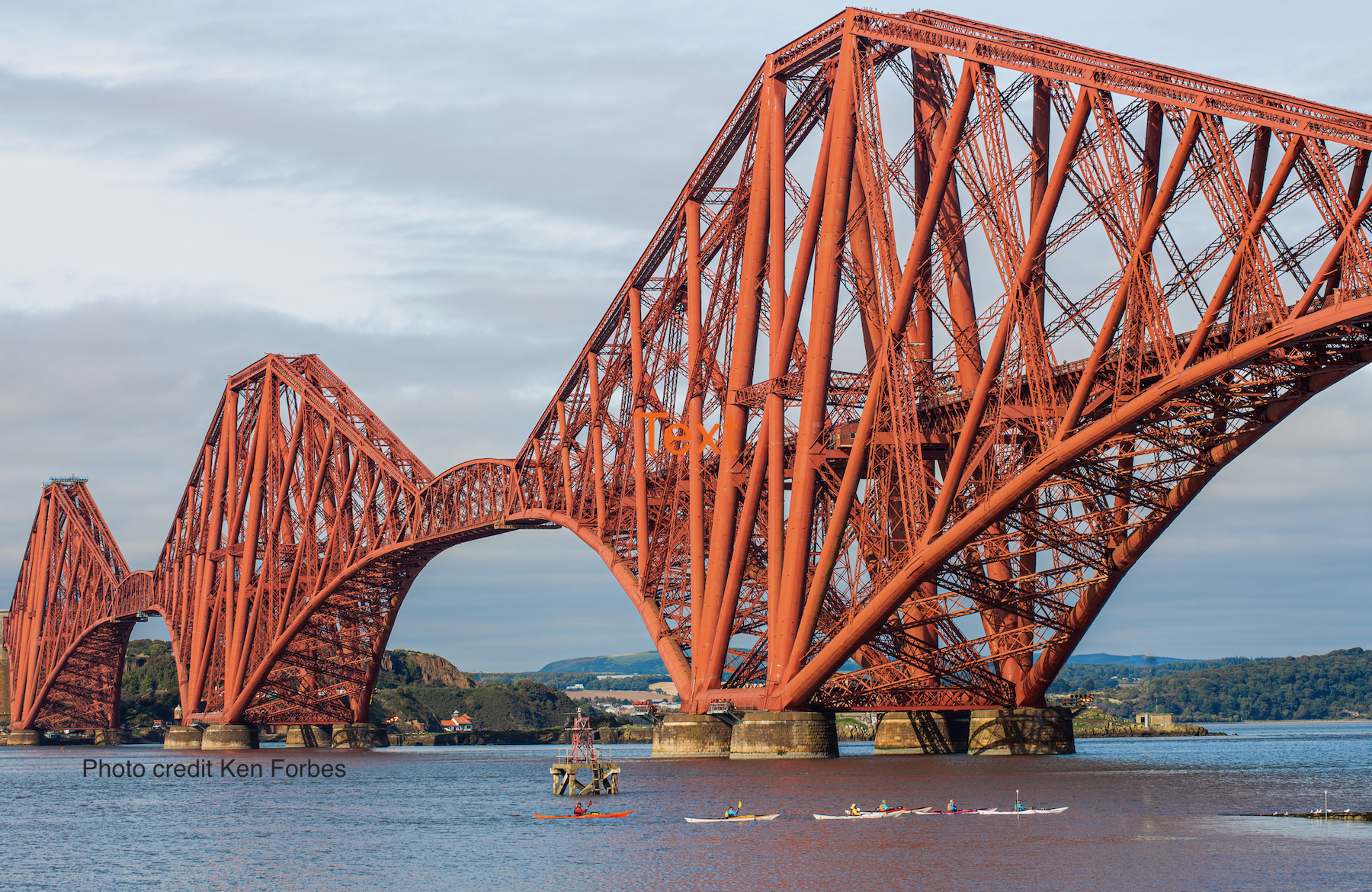A review of the Tiderace Pace 17 Tour S, the smaller volume version of the Pace Tour 17 from Tiderace. I’m a smaller female paddler, height 156cm and weight 60kg and was carrying a load of about 20kgs.



Taking the Pace 17 Tour out to play
I had an opportunity to load up the Tiderace Pace 17 Tour S for a few days and try it on a sea kayak trip to islands off the west coast of Scotland. A great opportunity to test it for a review.
Visual impressions
The Tiderace Pace 17 Tour S is visually striking and definitely turns heads. The plumb line of the bow and extended waterline coupled with the rudder for precise direction control suggests speed and efficiency. Visually, there is a lot of kayak in front of the cockpit with the stern much lower and flatter. It is very aesthetically pleasing and it is the first boat of this kind that I have paddled.
Packing
This kayak is truly a delight to pack. With 163 litres of hatch space under two huge oval hatches, it was a breeze to stuff in my dry bags compared to my smaller kayaks. I packed a roomy two person tent, a four season sleeping bag, stove, fuel, food for a week, some beer and lots of warm clothes, plus the usual safety kit. It all packed in with plenty room to spare. The day hatch; a cavernous 38 litres, and the foredeck hatch are easily accessible whilst on the water and as always the Kajak Sport hatches are easy to take off and on. It really took the stress out of packing for a trip.
Same cockpit feel but a little different
Getting into the cockpit feels familiar to other kayaks I paddle regularly, (Xcape s, Xplore s) the same solid backrest and thigh gips and a smooth firm seat. The thigh braces feel a little lower than the Xplore, more akin to the Xcape.
Using the rudder
For a rudder rookie like me it’s useful to know that with the SmartTrack system, each footpeg is split into two. The lower part is for pushing against to generate force as in non-ruddered kayaks and the upper part is operated by your toes and controls the rudder. Pushing with your left foot turns the kayak left and your right foot right. For seasoned rudder users this will seem obvious I’m sure. The footpegs adjust easily with one hand and the wires which control the rudder adjust automatically using clever engineering magic. Adjust and go!
Whilst getting used to the rudder, I found when more accuracy and finesse was needed, my feet naturally reverted to behave as though I was in a kayak with a skeg, pushing on the opposite side to gain power for turning. Effectively I was performing a little dance under the deck which was more akin to fumbling around a dance floor than the ballet. No doubt I would adapt with a little more practice.
Handling characteristics
Paddling the two hours across the Sound of Eigg in a slight swell and cross wind, the Pace ate up the miles with ease. I had a good notch of effortless speed above the group and the waves on the beam were dispatched without so much as a nod.
A noticeable difference when paddling is the narrowness of the foredeck which afforded an improved position for the catch and over the duration of the trip I really started to relish.
On a longer paddle the next day around Eigg, I noticed my seating position was causing me some fatigue, I diagnosed that I needed the back support band to be closer and more snug. I’m at the bottom end of the weight and size range for this kayak so this is understandable. I fashioned a temporary bodge with a bit of foam and duct tape which made all the difference and I felt much more connected and comfortable again. Something to fix properly when back on dry land.
Crossing across to Muck in a decent following sea really allowed the Pace to excel. It has a solid stability at the stern at least compared to what I’m used to and gives confidence to catch waves and really have fun surfing.
Paddling west along the north coast of Muck, I paddled close to rocks and pulled the rudder up and found that the Pace Tour loves an edge and turned very well, feeling very stable. The slog back into the strengthening wind and quartering sea was always going to be hard work. The rudder held a good course and the kayak provided a dry ride home.
There are a few wrinkles to be ironed out to get this kayak working perfectly for me. The tension between the left and right rudder seemed unbalanced, and I’ve since learned that are little adjusters on the footpegs for that. The deck fittings are a long way away when sitting in the cockpit so I’ll consider adding a set of closer deck fittings myself, for ease of reading maps.
Finally
Overall, this kayak truly loves a big open sea with waves and swell, and it provides the reliable ride and inspires confidence for those big journeys. With the rudder up, closer to rocks and a good edge you can have plenty fun as it is still nimble enough for rock hopping and quick manoeuvrability.

The Pace Tour really loves a following sea 
Getting close
For more information visit the Tiderace website.
Photos: Roddy McDowell
For information on how to join a trip please visit my Calendar.
